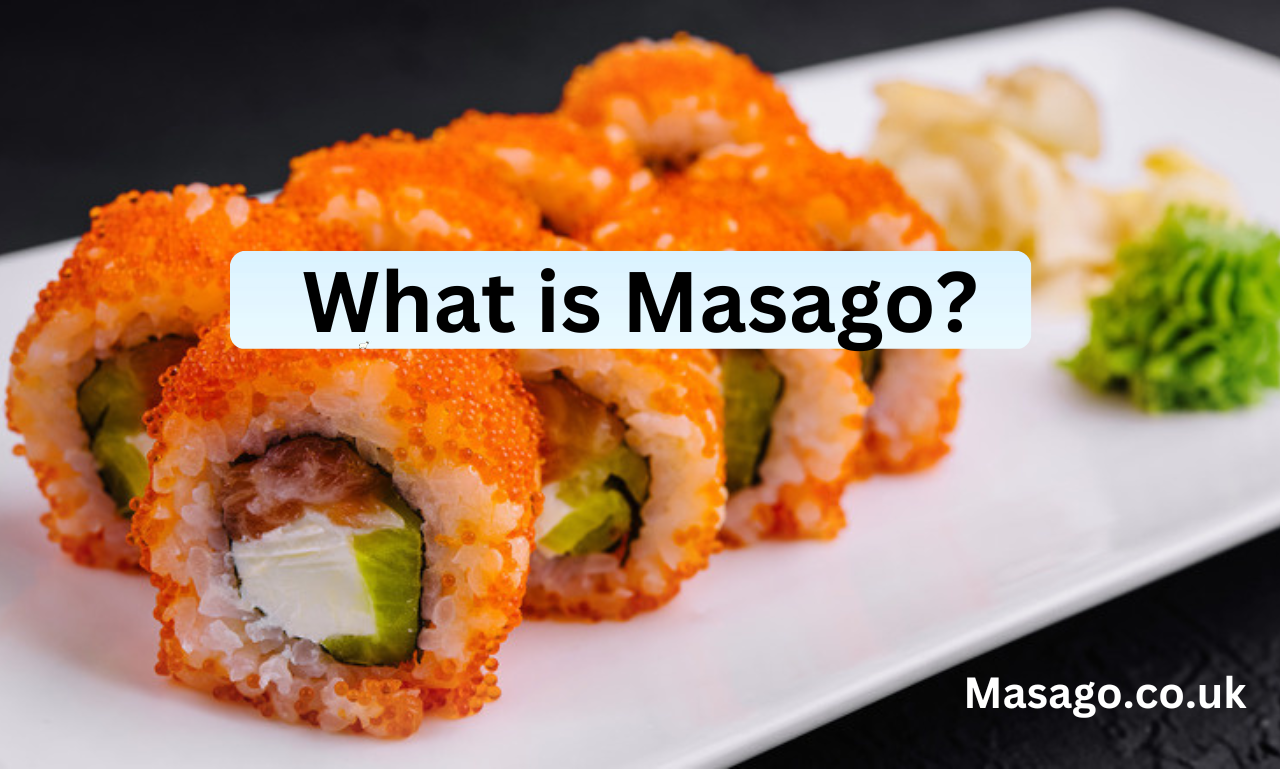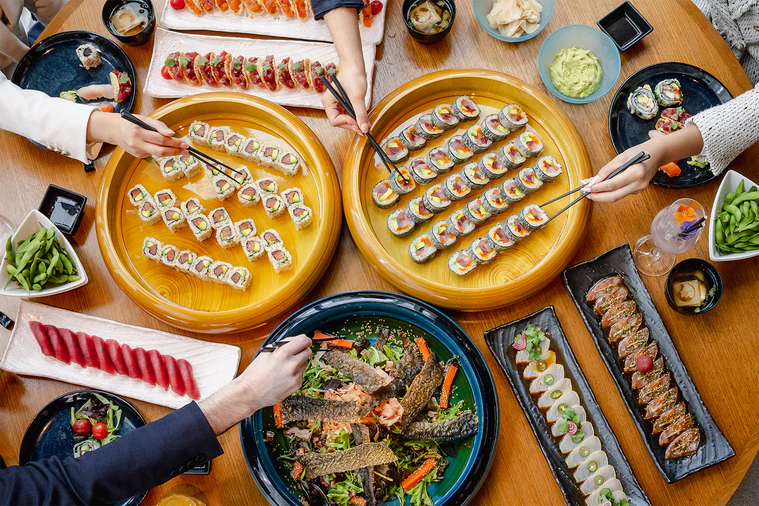Masago, the delicate orange roe of the capelin fish, is a popular ingredient in various cuisines, particularly in Japanese dishes. Known for its subtle flavor and crunchy texture, masago adds a unique touch to sushi and other culinary creations. This guide aims to provide you with everything you need to know about masago, from its culinary uses to health benefits and more.
What is Masago?
Masago refers to the eggs of the capelin fish, which are primarily found in the North Atlantic and Arctic oceans. It is often confused with tobiko, the roe of flying fish, and caviar, the roe from sturgeon. While each type of roe has its unique flavor and texture, masago is distinct for its slightly briny taste and crunchy bite. Nutritionally, masago is rich in proteins, Omega-3 fatty acids, vitamins A and B12, and essential minerals, making it a healthy addition to your diet.
The Culinary Uses of Masago
Masago is celebrated for its versatility in the kitchen. Here are some popular dishes that incorporate this delightful ingredient:
- Sushi: Masago is often used as a topping for various sushi rolls and sashimi. Its bright orange color adds visual appeal and enhances the overall flavor.
- Salads and Garnishes: Masago can be sprinkled on salads or used as a garnish for soups, adding a pop of color and a burst of flavor.
- Masago Pasta or Sauces: For a creative twist, masago can be mixed into pasta dishes or incorporated into sauces to elevate the dish’s taste profile.
Masago offers a mild, slightly sweet flavor profile that complements many dishes, making it a favorite among chefs and home cooks alike.
Health Benefits of Masago
In addition to its culinary appeal, masago boasts several health benefits:
- Rich in Omega-3 Fatty Acids: These essential fats promote heart health and reduce inflammation.
- Source of Essential Vitamins: Masago is particularly high in vitamin B12, crucial for nerve function and the production of DNA and red blood cells.
- Potential Benefits for Heart Health and Skin: Regular consumption of masago may support cardiovascular health and contribute to glowing skin due to its nutrient content.
Incorporating masago into your diet can be a delicious way to enhance your nutritional intake.
How to Select Quality Masago
When purchasing masago, it’s essential to choose high-quality products. Here are some tips:
- Check for Freshness: Look for masago with a bright color and firm texture. Avoid any that appear dull or have an off-putting odor.
- Understanding Labeling: Be mindful of whether the masago is wild-caught or farmed. Wild-caught options are often considered more sustainable.
- Recommended Brands and Where to Buy: Popular brands include Kirkland Signature and Roland Foods. You can find masago at most grocery stores, Asian markets, or online retailers.
Storing and Handling Masago
Proper storage is crucial to maintaining the freshness of masago:
- Best Practices for Storage: Keep unopened packages of masago in the refrigerator. Once opened, consume it within a few days for optimal freshness.
- Shelf Life: Unopened masago can last for several months, while opened packages should be used within a week.
- Thawing Frozen Masago: If you purchase frozen masago, thaw it slowly in the refrigerator to preserve its texture and flavor.
Cooking with Masago: Tips and Recipes
Using masago in your cooking can elevate your dishes. Here are a few simple recipes:
- Masago-Topped Sushi:
- Prepare your favorite sushi rolls and top them with a sprinkle of masago before serving.
- Masago Avocado Toast:
- Spread mashed avocado on toasted bread and finish with a generous layer of masago for a savory twist.
- Masago-Infused Dressings:
- Mix masago into a vinaigrette for salads to add a unique flavor and texture.
Cooking with masago is all about experimentation, so feel free to get creative!
Masago vs. Tobiko vs. Caviar
While masago, tobiko, and caviar are all types of fish roe, they differ in several ways:
- Flavors: Masago has a milder taste, while tobiko is slightly sweeter and has a more pronounced flavor. Caviar tends to be richer and more complex in taste.
- Colors and Textures: Masago is typically orange, tobiko can be red, green, or black, and caviar is usually black or grey. Texturally, tobiko is slightly crunchier than masago.
- Price Differences: Caviar is often the most expensive, followed by tobiko and then masago, making the latter a more budget-friendly choice.
Understanding these differences can help you choose the right roe for your culinary needs.
Environmental Considerations
Sustainable sourcing is vital when it comes to fish roe. Here are some points to consider:
- Sustainable Sourcing: Look for masago that is certified sustainable to help protect marine ecosystems.
- Impact of Fish Roe Production: The production of roe can impact fish populations and habitats, so choosing eco-friendly options is essential.
- Choosing Eco-Friendly Options: Brands that prioritize sustainable practices can often be found in specialty grocery stores.
By making informed choices, you can enjoy masago while also supporting marine conservation.
FAQs about Masago
Is masago vegetarian?
Masago is not vegetarian, as it is fish roe.
Can I eat masago if I have seafood allergies?
If you have seafood allergies, it’s best to avoid masago and consult your doctor for advice.
How long does opened masago last?
Opened masago should be consumed within a week for the best flavor and texture.
Conclusion
Masago is a versatile ingredient that can enhance a wide range of dishes. Its unique flavor, health benefits, and culinary uses make it a valuable addition to any kitchen. Whether you’re a seasoned chef or a home cook, experimenting with masago can lead to delicious new creations. So why not give it a try? Explore the world of masago, and don’t hesitate to share your own experiences or recipes!
Call to Action
For more culinary tips and creative recipes, subscribe to our newsletter and follow us on social media to stay updated!




